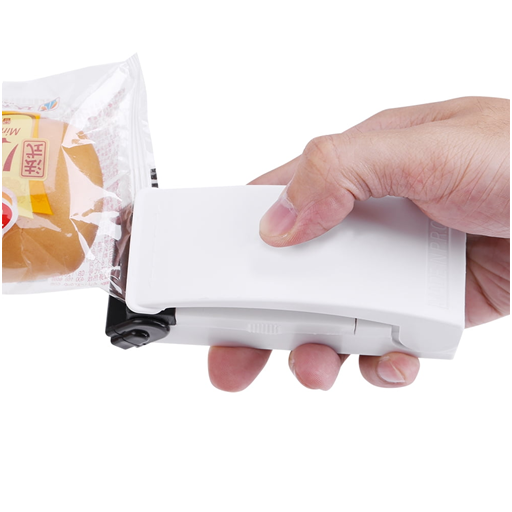The handheld mixer has become an indispensable tool in modern kitchens, offering versatility and convenience for a wide range of culinary tasks. This article explores the origins, functionalities, and advantages of handheld mixers in enhancing the cooking experience for home chefs.
Origins and Evolution:
The handheld mixer has a rich history dating back to the early 20th century when the first electric handheld mixers were introduced. Originally designed as simple, single-speed devices, handheld mixers have evolved over time to incorporate multiple speeds, various attachments, and ergonomic designs. These advancements have transformed handheld mixers into essential kitchen appliances used for mixing, whipping, and blending a variety of ingredients.
Functionality and Operation:
Handheld mixers operate by utilizing a motor housed within a handheld unit to rotate beaters or whisk attachments. This portable design allows users to mix ingredients directly in bowls, pots, or other containers without the need for a dedicated mixing bowl. With variable speed settings, users can adjust the mixing speed to achieve the desired consistency for batters, doughs, sauces, and more.
Convenience and Versatility:
One of the primary advantages of handheld mixers is their convenience and versatility. Unlike traditional stand mixers, which require dedicated counter space and setup time, handheld mixers are compact and easy to use. They can be quickly retrieved from storage and used for a variety of tasks, from whipping cream and beating eggs to mixing cake batter and kneading dough. This versatility makes handheld mixers ideal for everyday cooking and baking needs.

Portability and Storage:
Handheld mixers are prized for their portability and space-saving design. Their lightweight and compact form factor make them easy to maneuver and store in crowded kitchen cabinets or drawers. This portability also makes handheld mixers ideal for travel or outdoor cooking adventures, allowing users to whip up delicious recipes wherever they go.
Ease of Cleaning:
Another benefit of handheld mixers is their ease of cleaning. Unlike stand mixers with multiple components and attachments, handheld mixers typically have detachable beaters or whisk attachments that can be easily removed for cleaning. Many handheld mixers are also dishwasher-safe, further simplifying the cleaning process and ensuring hygiene in the kitchen.
Conclusion:
In conclusion, the handheld mixer is a versatile and convenient kitchen companion that simplifies mixing and blending tasks for home chefs. With its portable design, variable speed settings, and ease of cleaning, the handheld mixer offers unparalleled convenience and flexibility in the kitchen. Whether whipping up a batch of cookies, preparing pancake batter, or creating creamy sauces, the handheld mixer is a must-have tool for any aspiring cook or baking enthusiast.




![Snapchat Spectacles (5th Gen) [Top Features Unveiled] [2024] Snapchat Spectacles](https://barefootclimb.com/wp-content/uploads/2024/10/Snapchat-Spectacles-150x150.jpg)






